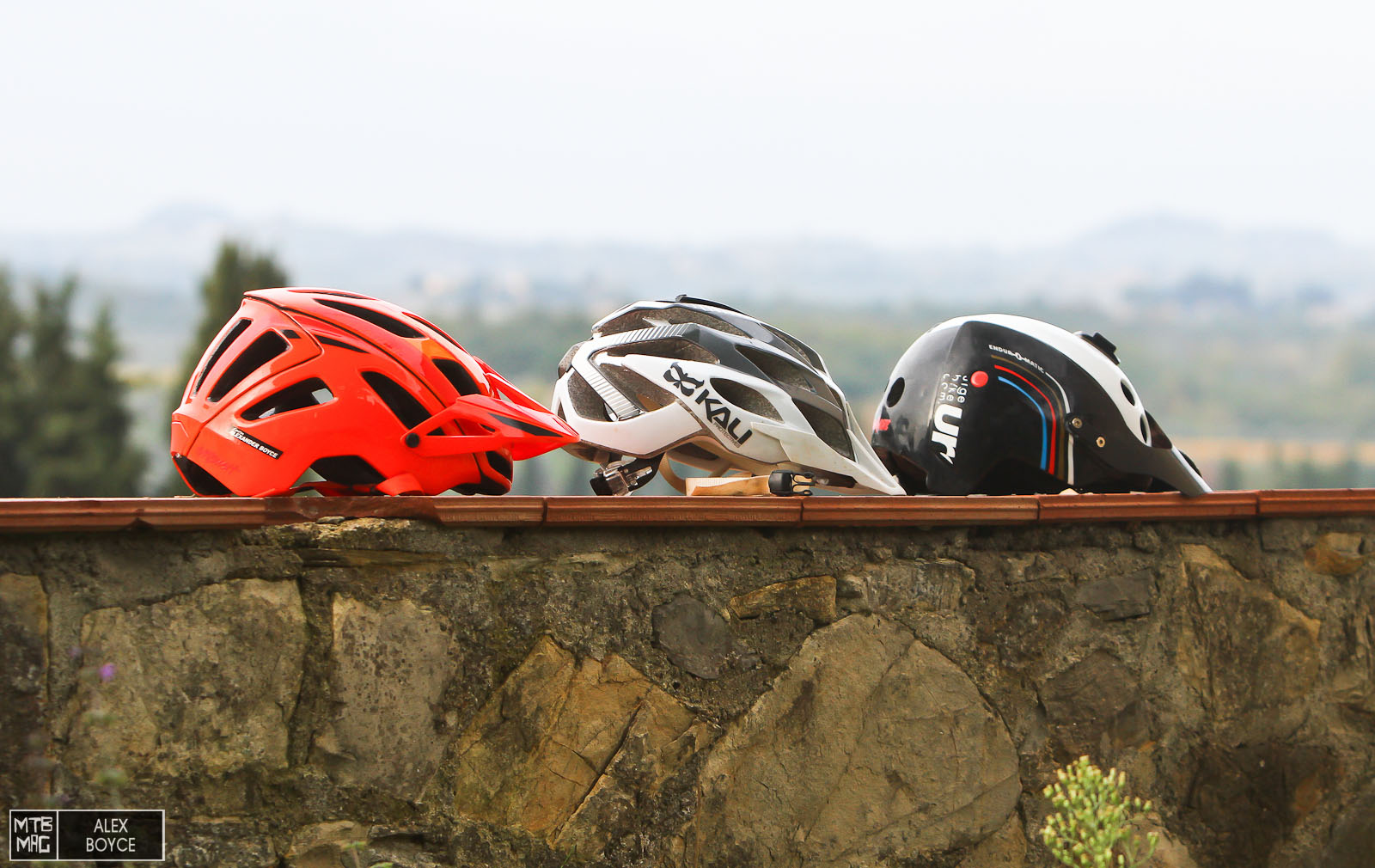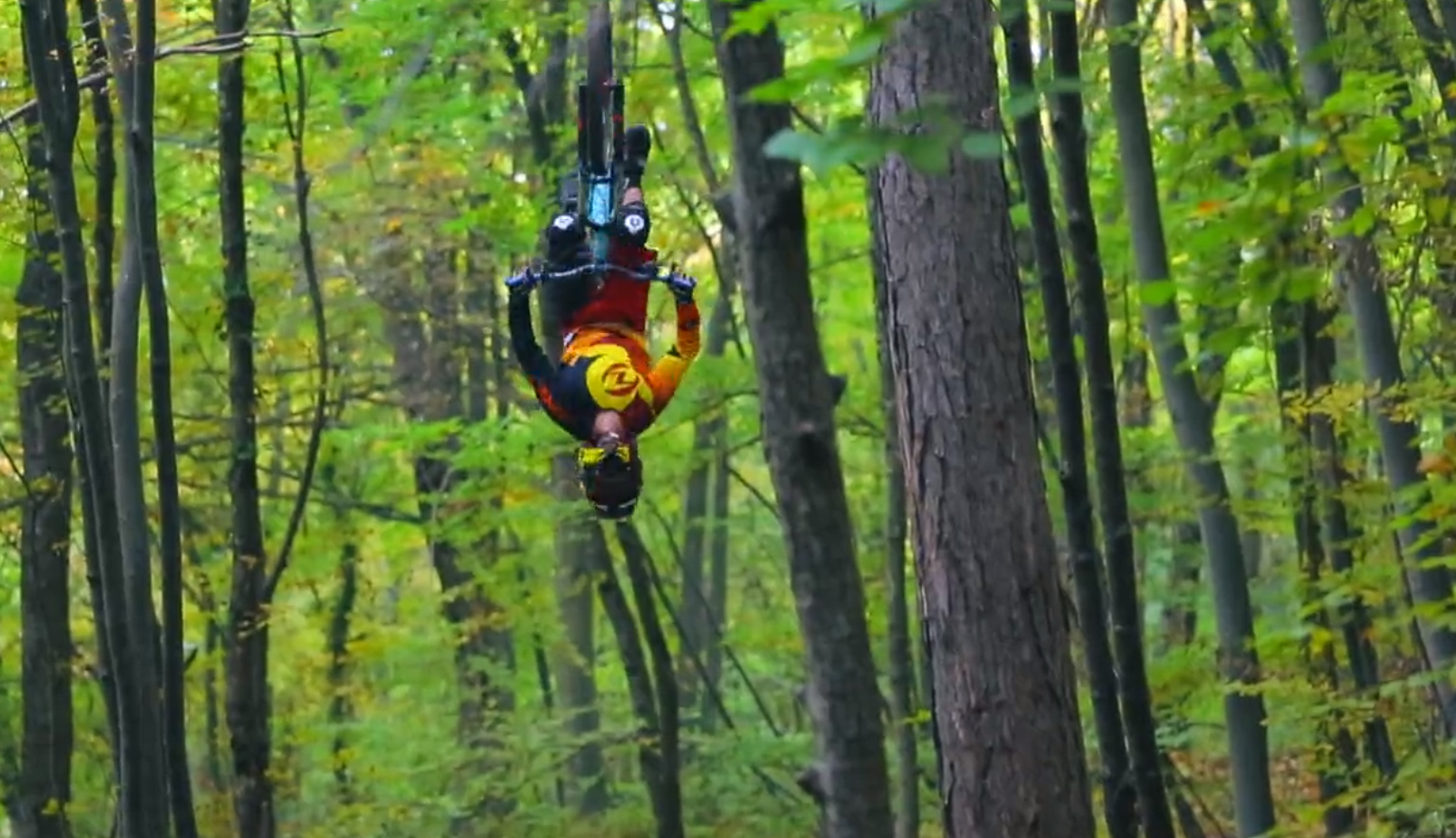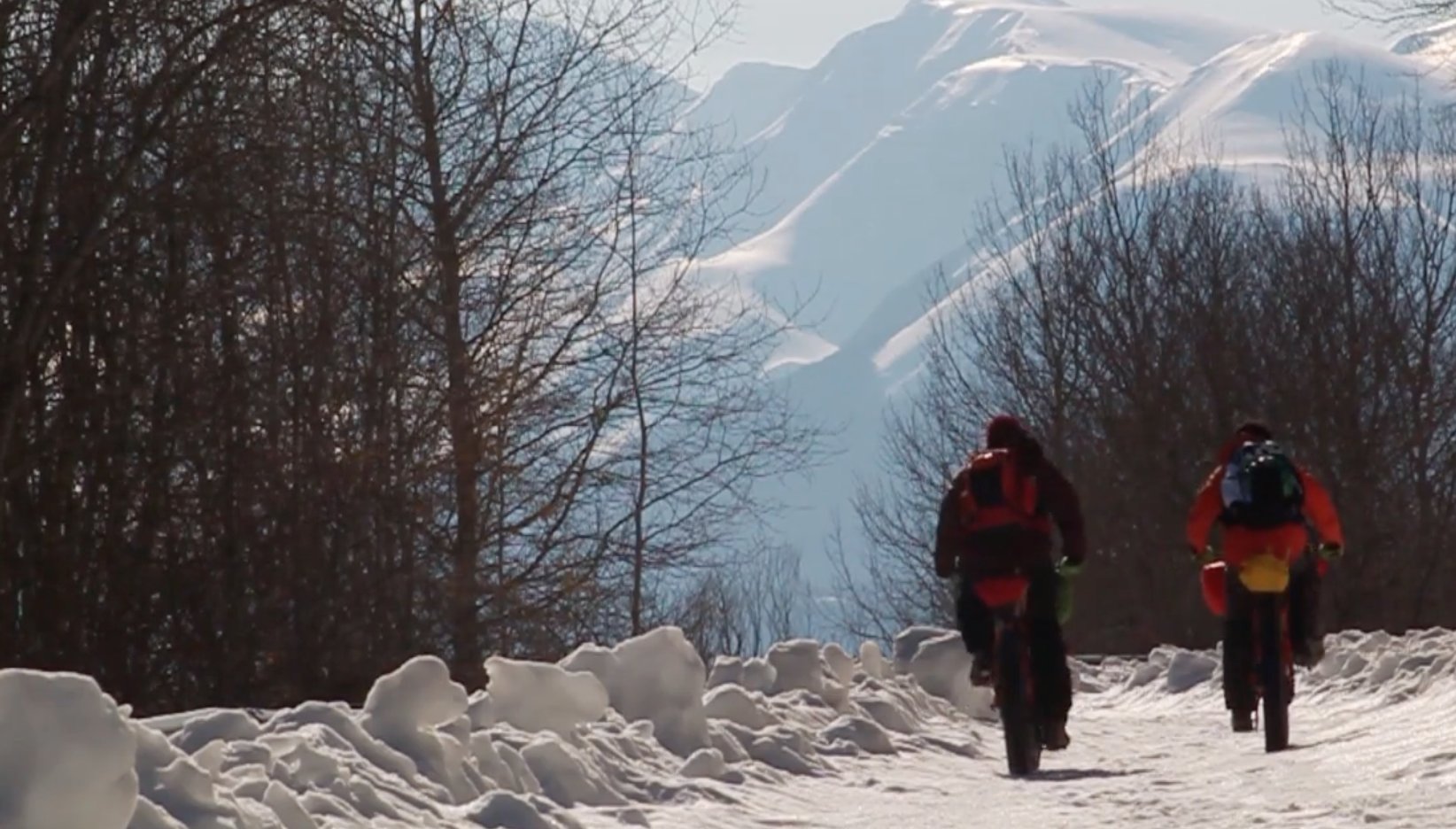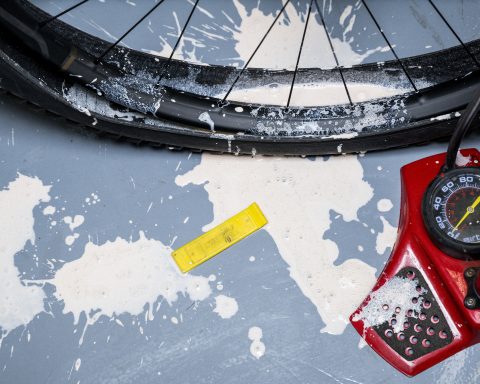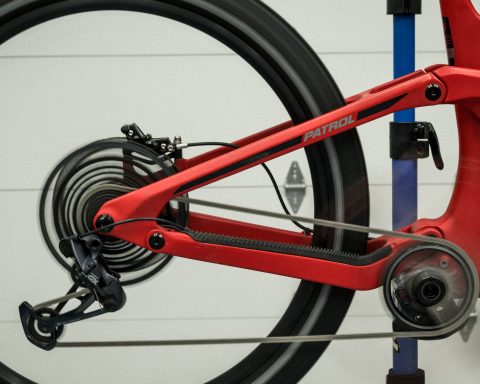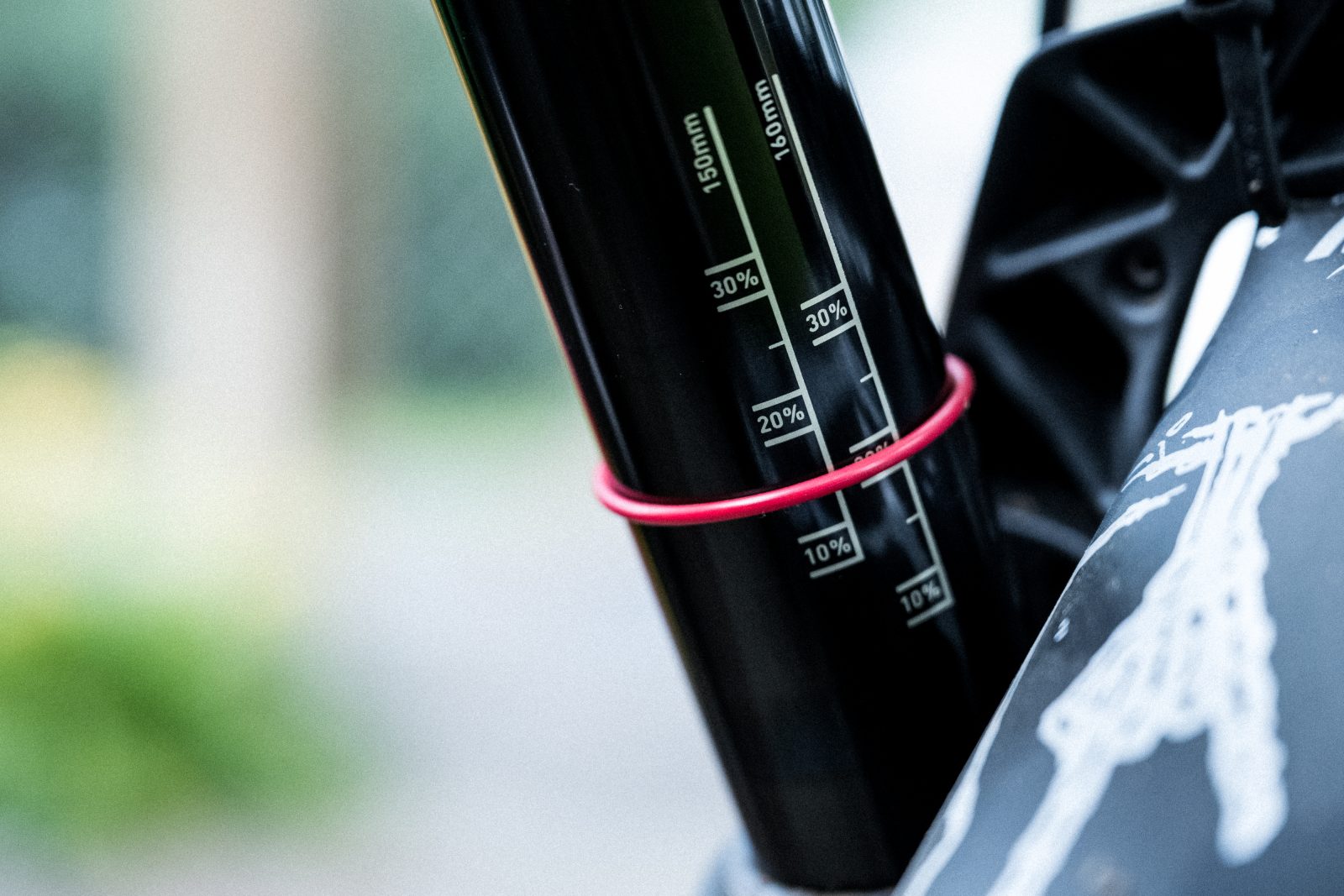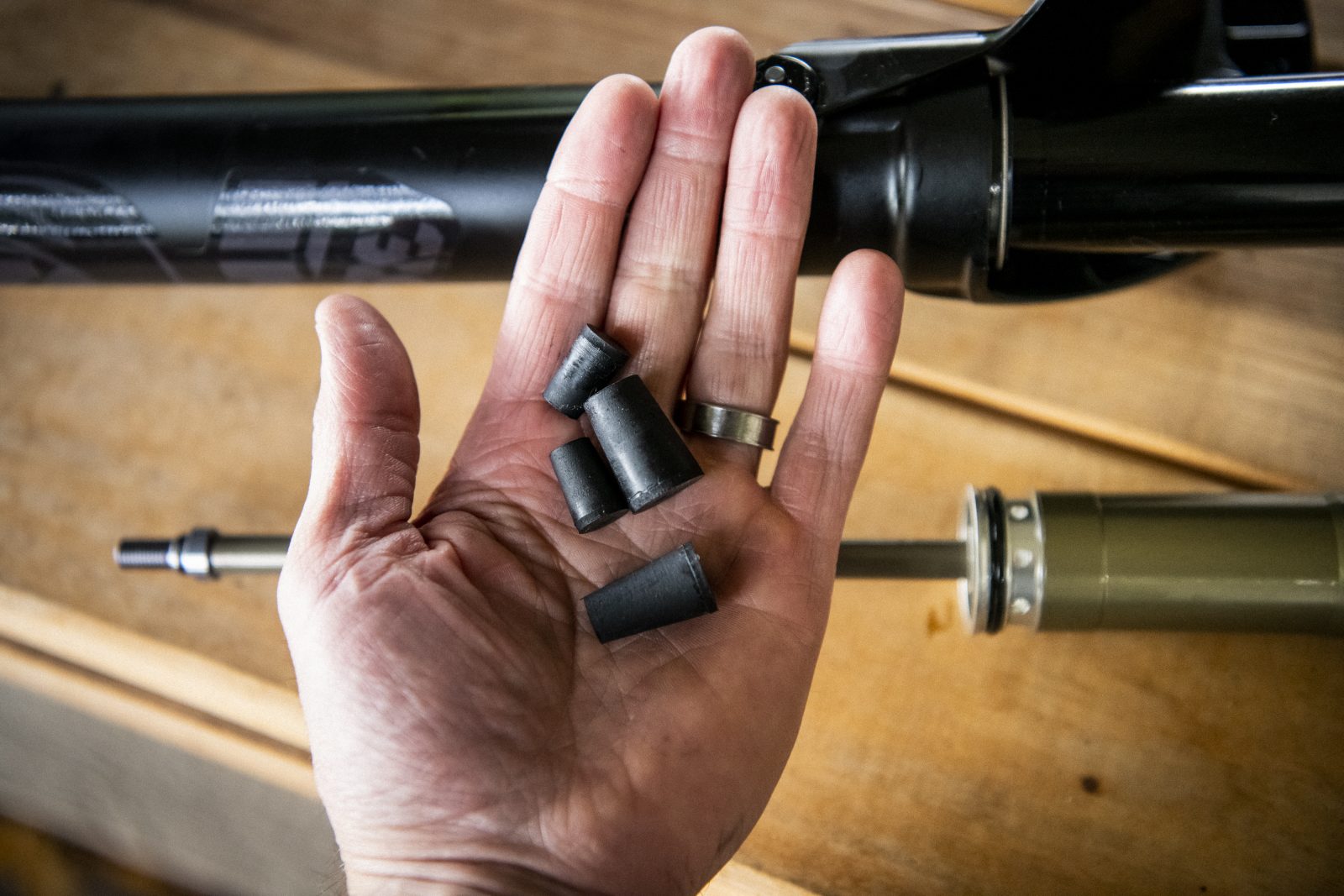[ad3]
We have spent a lot of time in our tech corner series looking at our bikes and keeping them running smoothly. We thought it was a good idea to turn our attention to one of the most important items when we ride which is our bicycle helmets.
As mountain bikers we use many types of helmets, full face, Enduro, trail and XC, sometimes we might have actually fallen off our bikes and got close to needing to use our helmet for its intended purpose. We have put together a few basic points below for a visual home inspection to see what signs there might be when a bike helmet is coming to the end of its life from general use or if there are signs of crash damage and it needs to be replaced.
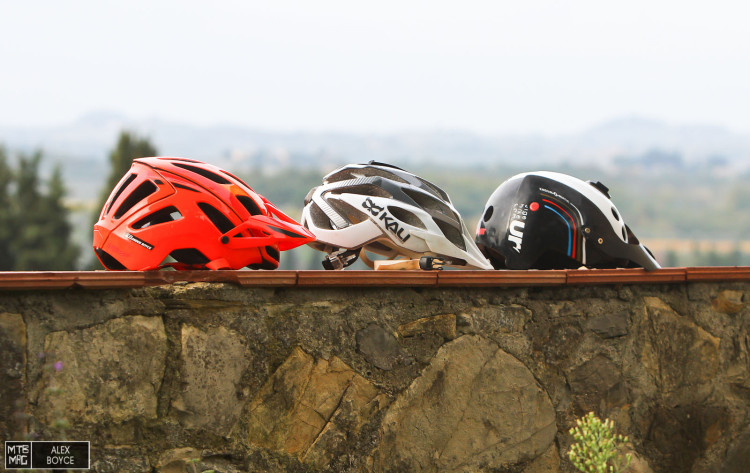
These three helmets have been the mainstay of 90 percent of our riding recently. One is new, one a year old and one 3 years old. All have been used the same way, when we have tried to remember, we know we have fallen off with the far right helmet and bumped it a few times. The others have had no accident that we can remember.
Basic Principles Of Helmet Replacement
All helmet makers follow the same rule, if you crash and hit you head with your helmet, even if it was a light crash or bump, replace your helmet.
The main reason is that all helmet makers say that from the outside the helmet may look fine, but internally the EPS foam might be crushed, cracked or distorted and therefore may not protect in any further accidents. We cant always see this internal damage, sometimes brands offer a inspection service, but generally it’s up to us to make the decision.
Good helmet storage is important over it’s life as well, making sure to not leave the helmet in a hot place especially in direct sunlight, as the temperature and UV light will break down the materials over time.
Our sequence below are general recommendations, however remember always the golden rule if you crashed it or bumped it, replace it.
Signs That Your Helmet Is In Good Order.
Here we show a few important points that show a helmet in good working order, first we know we did not crash with these helmets!
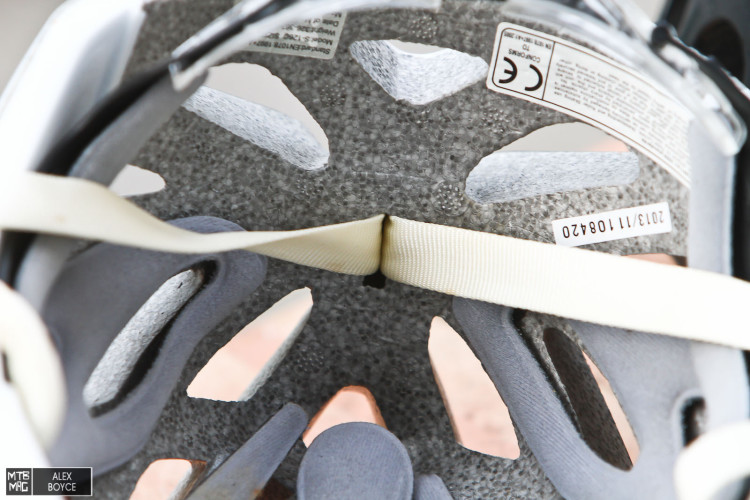
The attachment points are sound, no cracking or frayed straps.
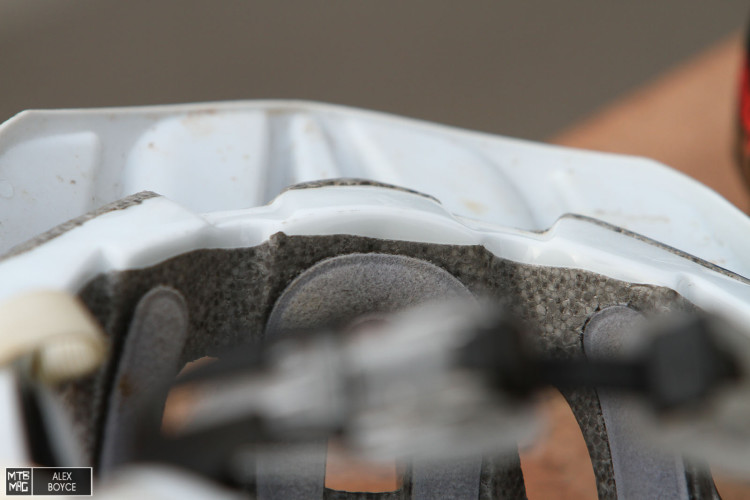
Where the soft shell meets the inner EPS the two surfaces are not separated.
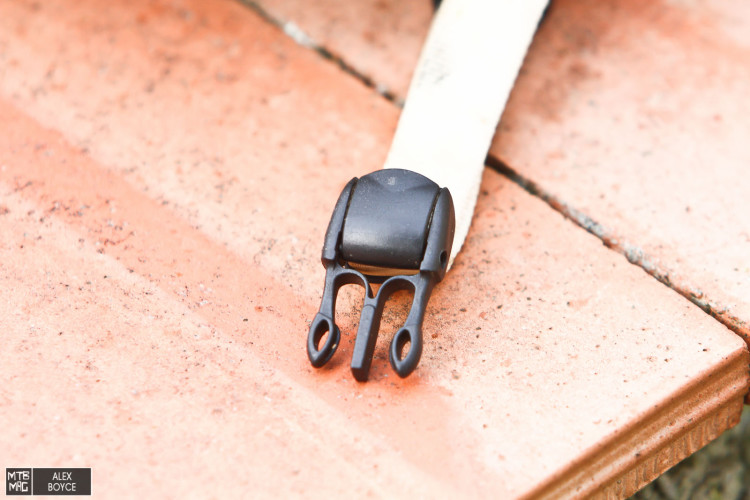
The retaining strap clip is in good working order.
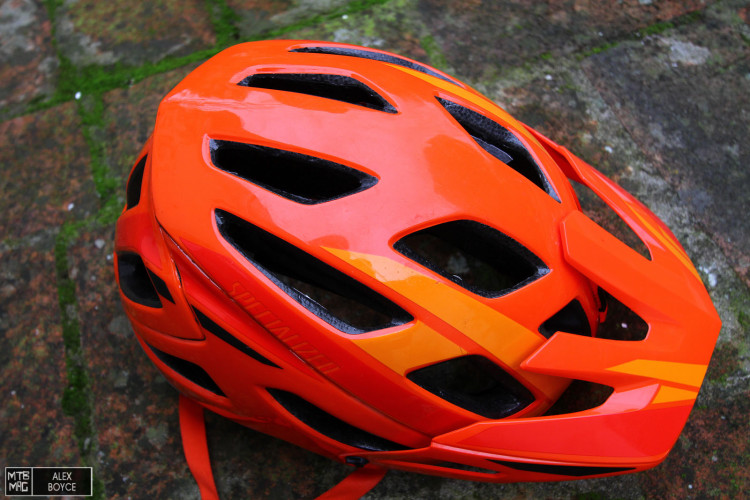
The outer shell is smooth divot free surface with no signs of scratches or bumps.
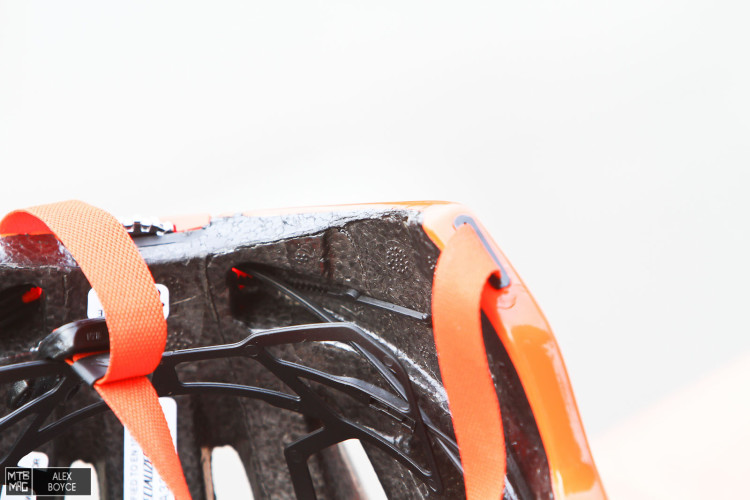
The helmet rear retainer is in place.
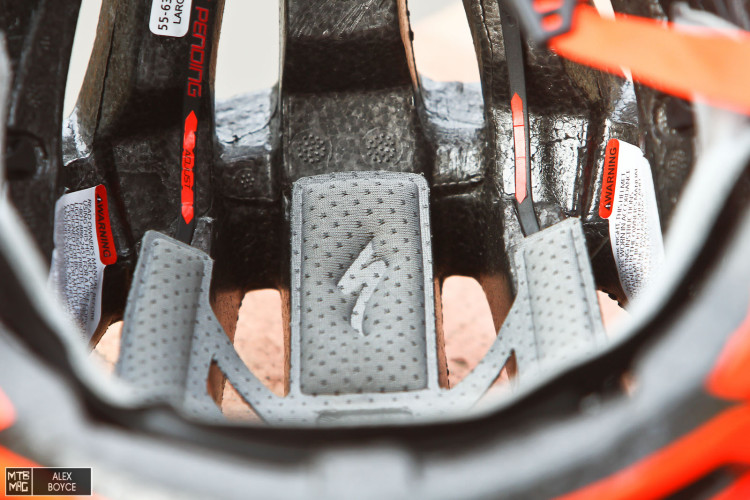
The foam padding is complete and in position.
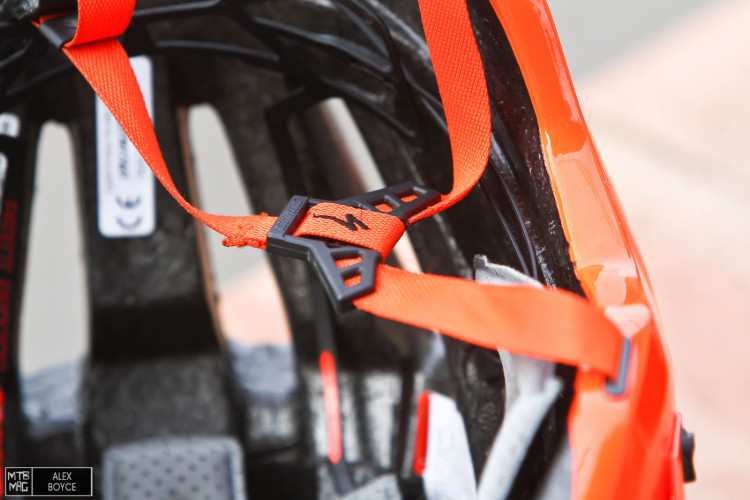
Any cross straps are not frayed or worn and adjust properly.
Signs Your Helmet Has To Be Replaced
This trusty helmet has been one of our favourites over the last years, we take a look and see if it is time to replace it.
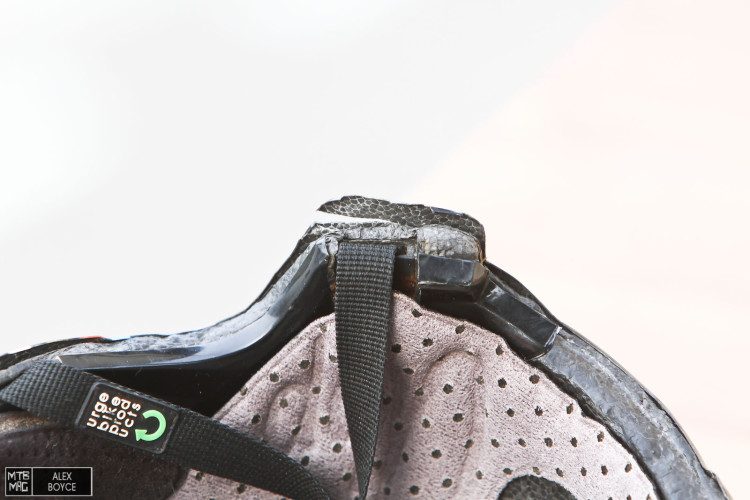
First bad sign, the outer shell is starting to come away from the inner. The two normally work together for safety.

The inner padding is ripped, squashed and broken, the helmet no longer sits on our head in a secure fashion and moves around.
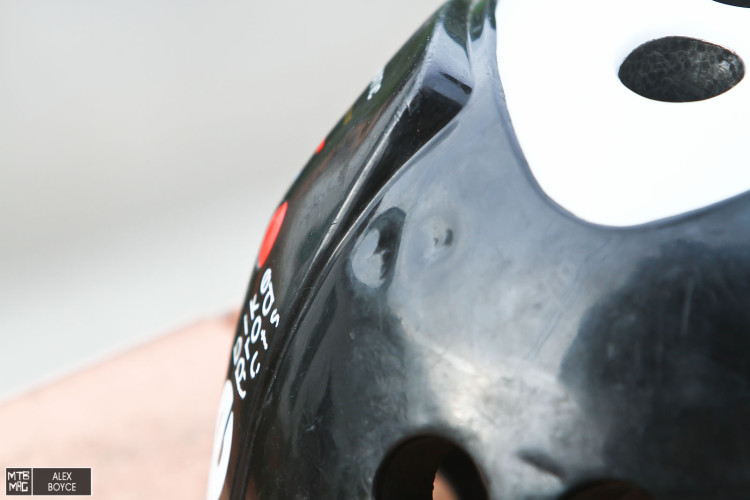
The outer shell is pock marked with dents and holes.
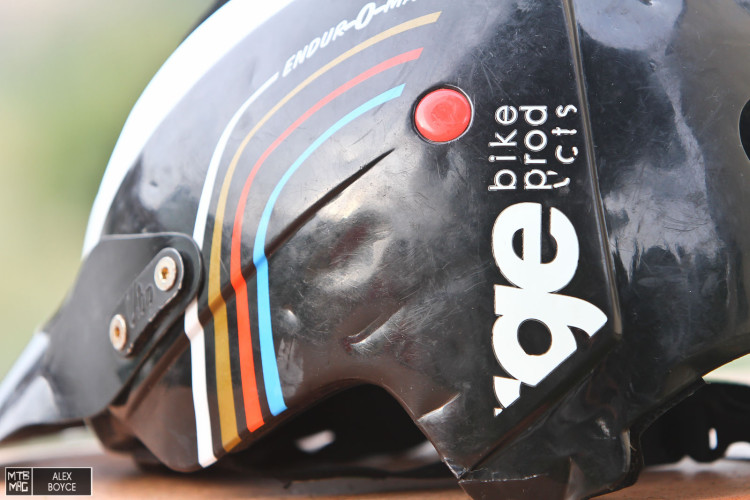
A close inspection here on the left side and we realise we took a harder hit than we remember. The inner EPS is crushed and distorted.
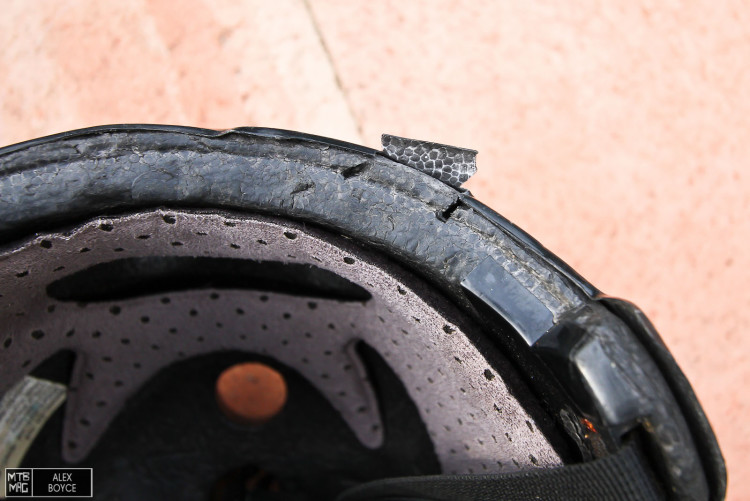
The edge of the helmet has a few cut marks where something has broken the integrity of the helmet.
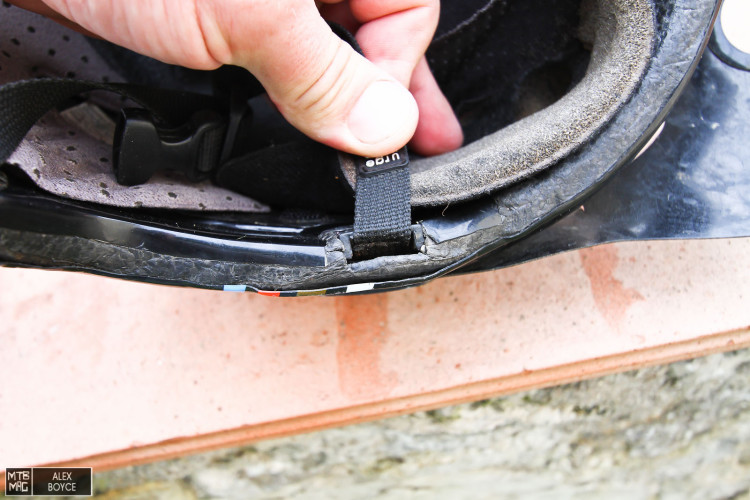
One of the retaining straps mountings is starting to move and is cracking around the insert.
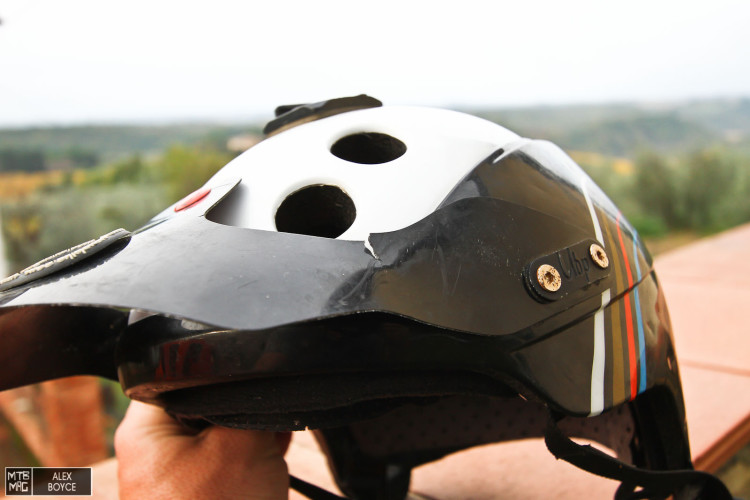
The front visor has a crack and scuff marks, indicating the helmet has been in contact with something.
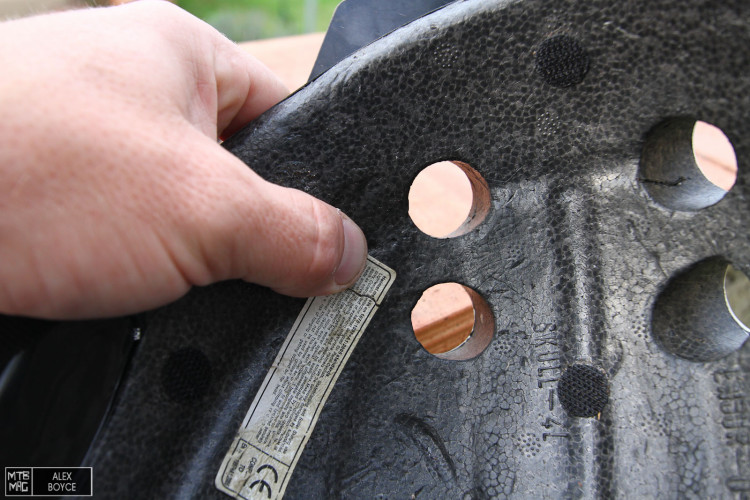
A close inner inspection finds more signs of crushed EPS.
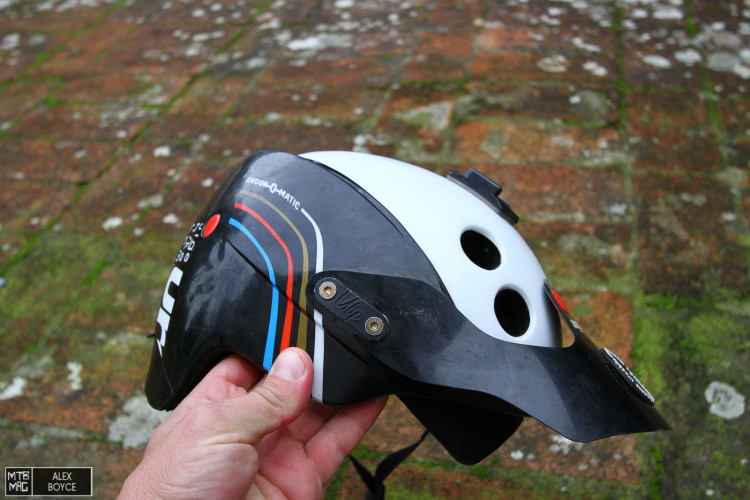
Despite our love for this helmet, it has to go! Last fond look.
Recommendations From Snell
The Snell foundation, one of the bodies that certifies helmets makes some general recommendations, one of those which we had to think about was “…if the helmet has had any knocks with a head inside then it should be replaced.” Our honest answer was yes, it has, after careful thinking we were reminded of a time we hit a trail side with our head, but kept riding anyway, then forgot about the crash. The helmet should be trashed.
Snell does suggest that dropping a helmet on a hard surface a few times and “Spiking It,” wont render it useless, depending on the force of the impact. But when the head is inside, the helmet should always be replaced. Again this advice should be followed with caution, as any impact could damage a helmets ability to absorb crash.
Keeping a helmet in god condition can make the difference between it working properly or not in a crash situation.
If The Helmet Is To Be Trashed
So we have concluded from our basic inspection, remembering how we used it and research that our helmet is ready to be trashed.
However after a brief conversation with a few helmet brands we had another important point to think about. We might put a damaged helmet in the dumpster and think that is the end of the story. What if someone sees it and picks out and they think is a perfectly good helmet? They use it, and it doesn’t do it’s job properly, well the easiest solution is to actually make sure the helmet is put beyond use by crushing it, which is standard procedure for all helmet makers if they have to dispose of helmets.
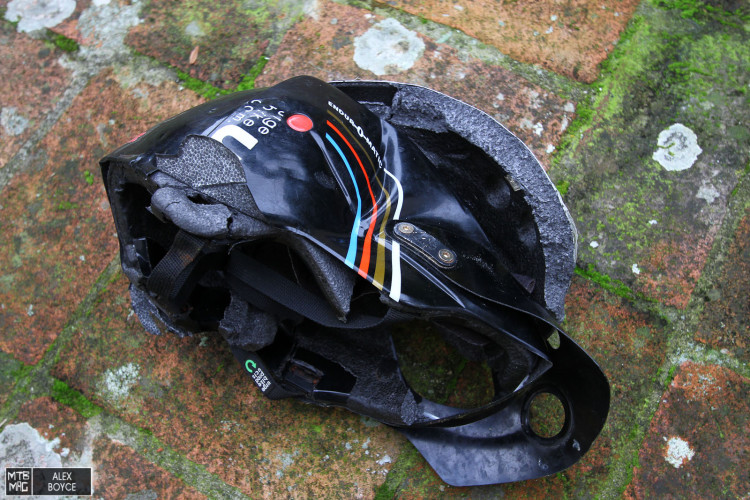
The helmet is now properly put out of use and ready to be recycled.
[ad12]

